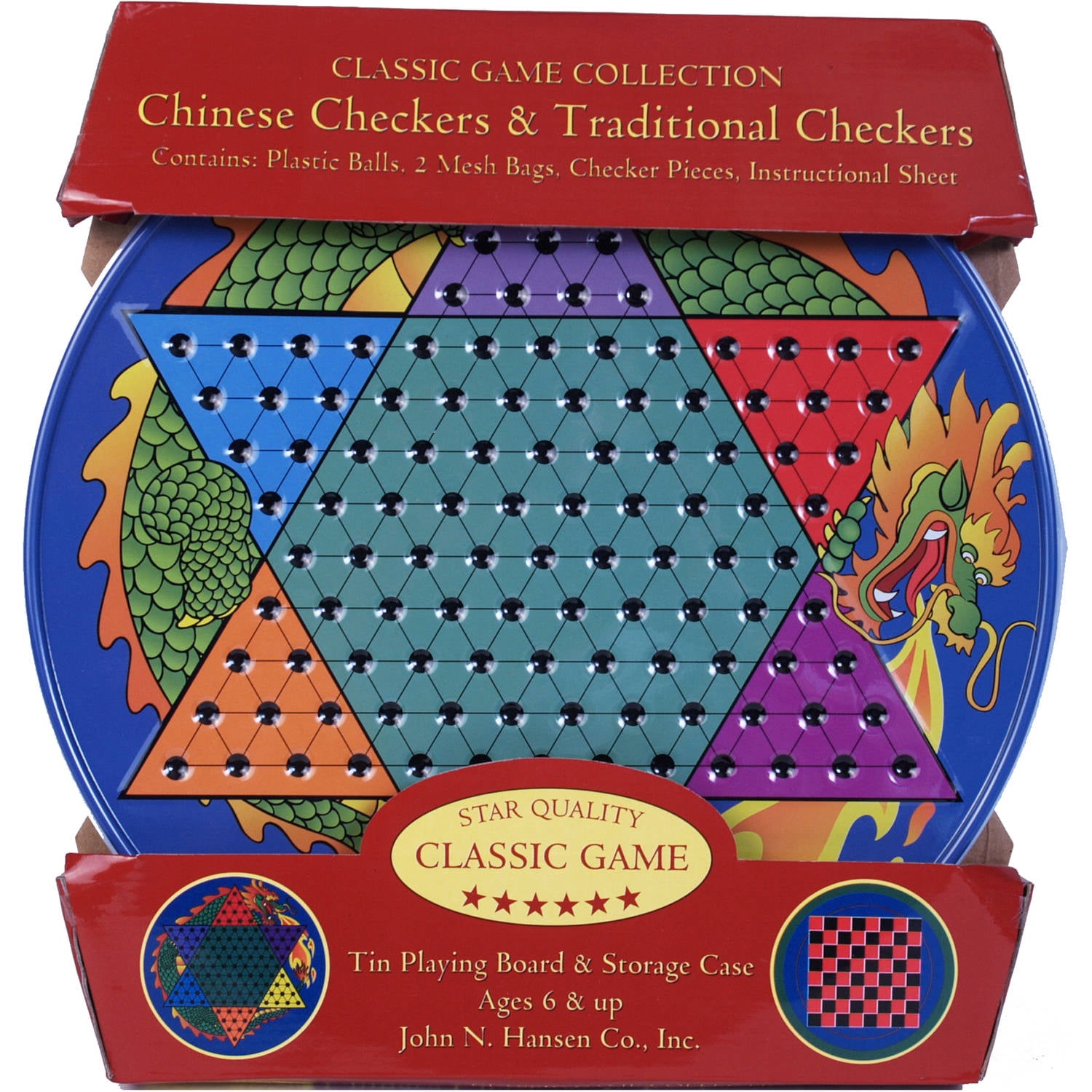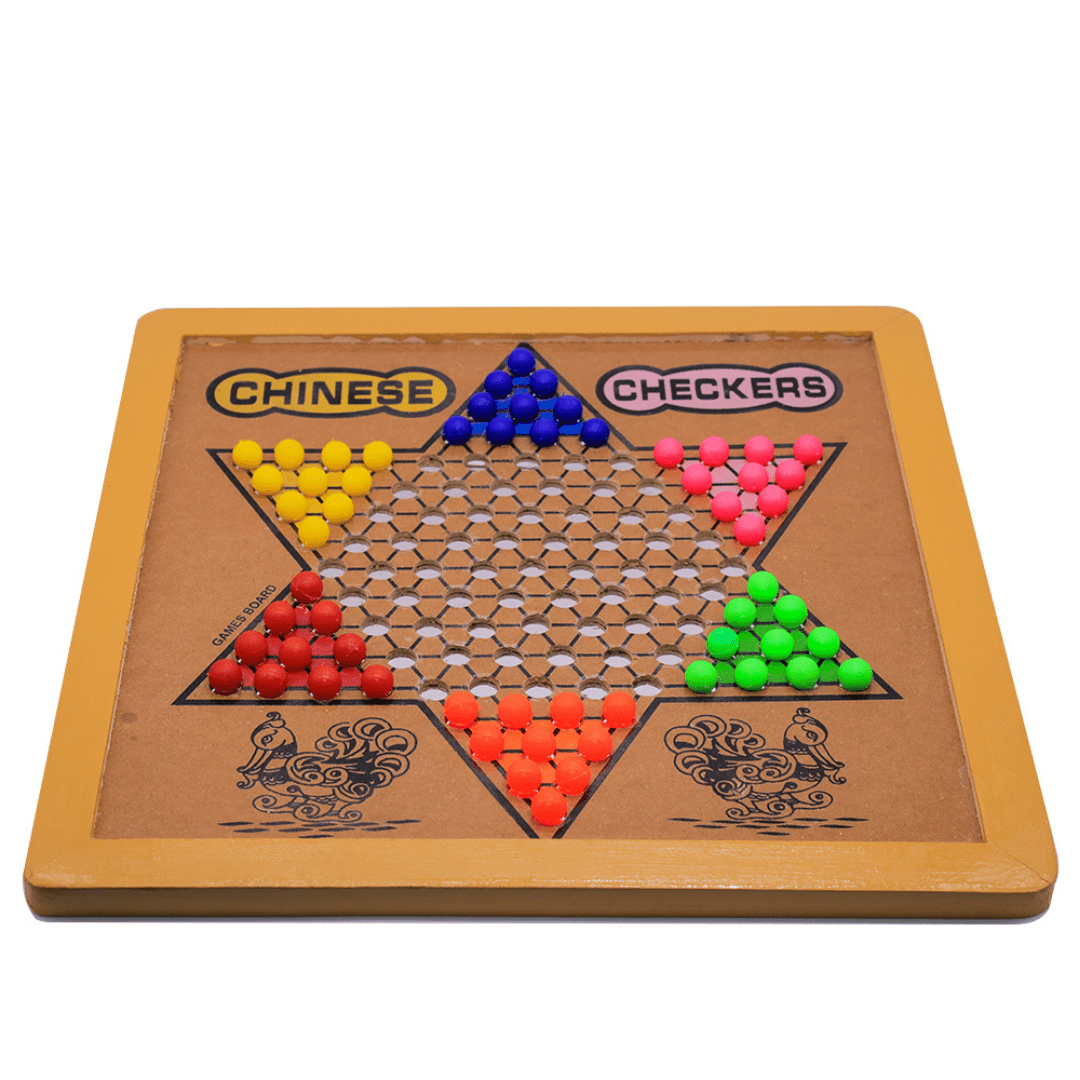

Computer players usually move their marbles efficiently and logically, by analyzing future moves. At bottom are some of the company's products, including Star Checkers.īallard's Star Checkers game is on display in the main gallery of the Kansas Museum of History. The easiest and fastest way to learn to play chinese checkers well is to play practice games against a computer opponent. The middle photo is a corner of the manufacturing department.

Ballard (at back, left) in his office at Ballard Manufacturing. The images at bottom right appeared in an article entitled "Topeka Product Enjoying Nation-Wide Sales," which appeared in the Kansas Business Magazine for April 1938. The winner was the first player to move all ten of his marbles from one point of the star to the point directly opposite by means of checkers-like jumps. As with Halma, from two to six players could play Star Checkers. The need for a faster and more accurate method of parceling out the marbles led Ballard to invent a device that counted and dispensed them automatically.Ĭhinese checkers was not a new game it was a simplified variation of a European board game called Halma, which was developed around 1880 and had its own run of popularity in America during the last quarter of the nineteenth century. Ballard employed several workers just to count out the marbles for each game-10 each of six different colors. By the spring of 1938 the Ballard Manufacturing Company of Topeka was shipping out around 15,000 Star Checkers games a month (including 500,000 to 700,000 marbles) to Woolworth stores nationwide, with preparations underway to produce 4,000 sets daily to meet order demands. He had found success marketing products such as towel racks, potlifters, and cat-shaped wooden match holders.īut Star Checkers was perhaps Ballard's biggest success. Anything which is associate with Chinese, sell better in those time and it is known as Hop Ching Checkers before it is known as Chinese checkers. This wasn't Ballard's first foray into the novelty business. Ballard called his Chinese Checkers knock-off the Star Checkers game. A Topeka manufacturer took advantage of the nationwide fad by developing his own version of the game. In the 1930s a craze for the board game commonly known as Chinese Checkers swept across America.


 0 kommentar(er)
0 kommentar(er)
